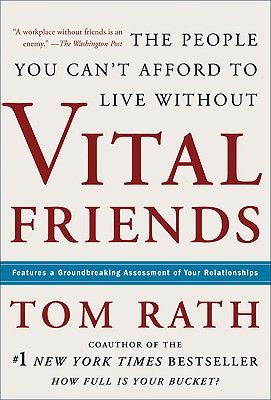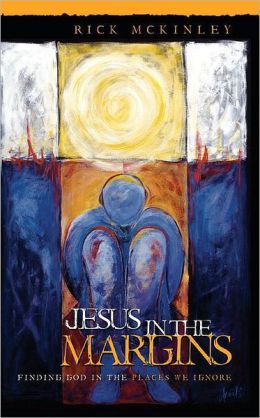Sunday, April 10, 2005
Our first stop is the oldest stone church in the country, San Agustin Church but since they were closed for lunch we had no recourse but to look for a nearby resto ourselves. We took quite a long walk under the heat of the midday sun since the one in the Casa Real museum across the street was closed during Sundays. But before we did start walking I noticed this one part of the cobblestones bearing some inscriptions in Chinese (it's hard to notice but you could see it on the right corner near the street in front of the entrance to Casa Real Museum). Now I'm fairly sure these cobblestones laid down in front of the street in front of the church and the museum dates back some 200 years ago so this discovery brought about a bit of excitement. At least on my part. Then after about an hour's worth of hearty lunch it's back to the old church for us. It's quite unfortunate that our timing was off since we couldn't tour the inside the old church because of a wedding. To think that I would have wanted to show them the grave of the founder of Manila and the first Spanish governor-general of the Philippines himself, Miguel Lopez de Legazpi located at the left side of the Church's main altar (well the poor chap had to share his grave with some unkown Agustinian Friars after the invading British soldiers scattered and mixed up their bones in their vain attempt to look for gold during their brief stay in the 1700s). My mom was more excited to show our relatives and everyone else in our family willing enough to listen the antique ivory statues of saints and priestly vestments. While I do admit they are beautiful to look at they are also quite common. If ever you're going on a tour of San Agustin Church, you may want to remember these few other interesting things to see:
• The Six-Fingered Friar. This one you could see on the first of a series of these old life-size paintings lining up the hall. He's the one holding up the chalice for the communion.We didn't go to Fort Santiago due to the insistence of our relatives that they have seen it before (of great interest among other things, are the original gas lamp where our National Hero, Jose Rizal hid his final farewell and the piece of bone from his spine with a visible bullet hole inside a smoky reliquary) so we went straight to Manila Cathedral. This is one of the few stone churches built in the gothic style that was so vogue in some parts of Europe. Nothing really fascinating about it except for the replica of the statue of St. Peter in Rome. It's fairly new and you could see it halfway on the right side of the interior of the church. Shown below are some of the pictures I took from our trip earlier today (unfortunately for me the error in the PC program for the camera still remained so I had no recourse but to use the one in my phone):
• The Statue of a Dominican Martyr Saint. A grisly one to be sure while other saints are depicted holding the weapons of their martyrdom, this little known 13th century Saint still has the machete almost halfway through his skull. This one's located on the right side of the hall just before you turn towards the second corner.
• The Grave of Revolutionary Hero and Reknowned Painter, Juan Luna. I don't know if anyone remembers him being buried here after the death of his son, the well known modernist architect, Andres Luna de San Pedro (unwilling to part with them he kept the bones of his father in a bucket under his bed). There are other graves in that same hall where Luna's grave is located containing some American soldiers who died during the Second World War (one of them as young as 17) and a marker containing the names of Agustinian priests and church refugees massacred by the panicking Japanese soldiers towards the end of that same war. And last but not the least...
• The Ancestral Graves of the Aristrocratic Zobel-Ayala Family. One of the two powerful Old Riché Families and biggest landlords in the country (the other being Ortigas), they practically own most of that tract of land called Makati (where the equivalent of Wall Street is located), their ancestors' graves were given a prominent location on the left side of the entrance to the Church having financially contributed to its rebuilding in the 1800s.
Colorful floral sprays at Market Market
Who did this and how old this is intrigues me a lot.
The old and the new
Original intramuros cobblestones still in existence
Can't imagine anyone praying to this statue without grimacing
Does anyone even notice he's buried here?
Bird's eye view of the church with a wedding ceremony going on
Hincet?
The Zobels' patriarch and matriarch ancestral graves
Zobels' and Ayalas' ancestral graves
Grave markers dating back to the 1870s
Arches inside the Manila Cathedral
Manila Gothic
Other places of interest are the ruins of the Ayuntamiento or the Spanish Garrison on the right side of the cathedral (where political prisoners are tried, the most famoues of which was Rizal, destroyed by the wanton bombing of American soldiers during the liberation) and the Palacio del Governador or the Governor's Palace (location of the seat of Philippine Government for centuries before an earthquake brought it down in 1863. They then transferred the Spanish seat of power to their summer getaway mansion, in a place called Malacañang. The Land Bank of the Philippines built an 8-storey building on the site of the ruins in 1978). That about concluded our tour as everyone got tired of the heat and the driving around. We dropped our relatives off at Greenhills so they could do some last minute shopping before we went home.

 @ 6:39 PM --->
@ 6:39 PM ---> 














